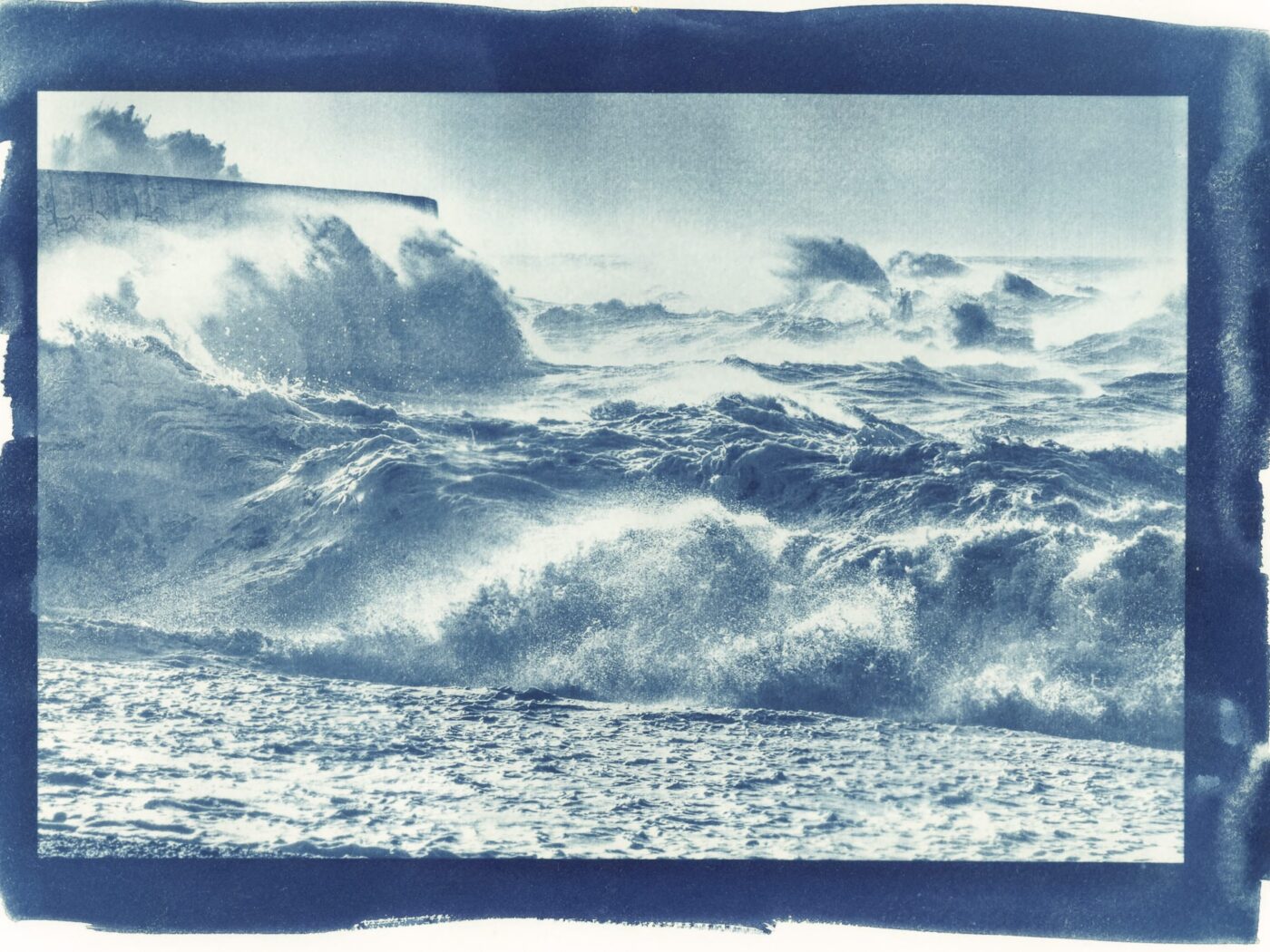The magnificent Madeira Terrace of Brighton
I have a treat for you today, taking you from one iconic Brighton building last time to another one this week. This is a view of the upper level and lift tower of Madeira Terrace, the spectacular 865m-long Victorian covered walkway that lines the seafront at Madeira Drive in Brighton.
Built at the end of the 19th century, according to Historic England this Grade II* structure is “very rare being the only known, land-based, monumentally-scaled, iron promenade in England, and possibly worldwide; although converted to electric power, the three-stage lift is an early and rare example of a hydraulic, water-powered lift in a seaside location”. To top it all, this is also the location of the oldest and longest green wall in the UK. The cliff face was planted with Japanese Spindle trees 20 years before the terrace was built. The trees continue to thrive 150 years later.
In 2012 Madeira Terrace was closed to the public because it had become unsafe. Brighton and Hove Council have now secured funding for an ambitious renovation project, working in partnership with the local community, to “restore the arches and create a new sustainable leisure, social and business space sensitive to the terraces original design”. Please have a look at the Council’s plans here. They are very exciting.
I have been drafted in to document the restoration, starting with the site as it stands now. It was with a keen pleasure that I headed behind the fencing to the deserted terraces, with the sweeping sea views all to myself. In these closed-off areas, it was interesting to notice how the balance between human structure and nature was leaning towards greenery and wildlife. You can find a selection of photos from my first shoot here.





